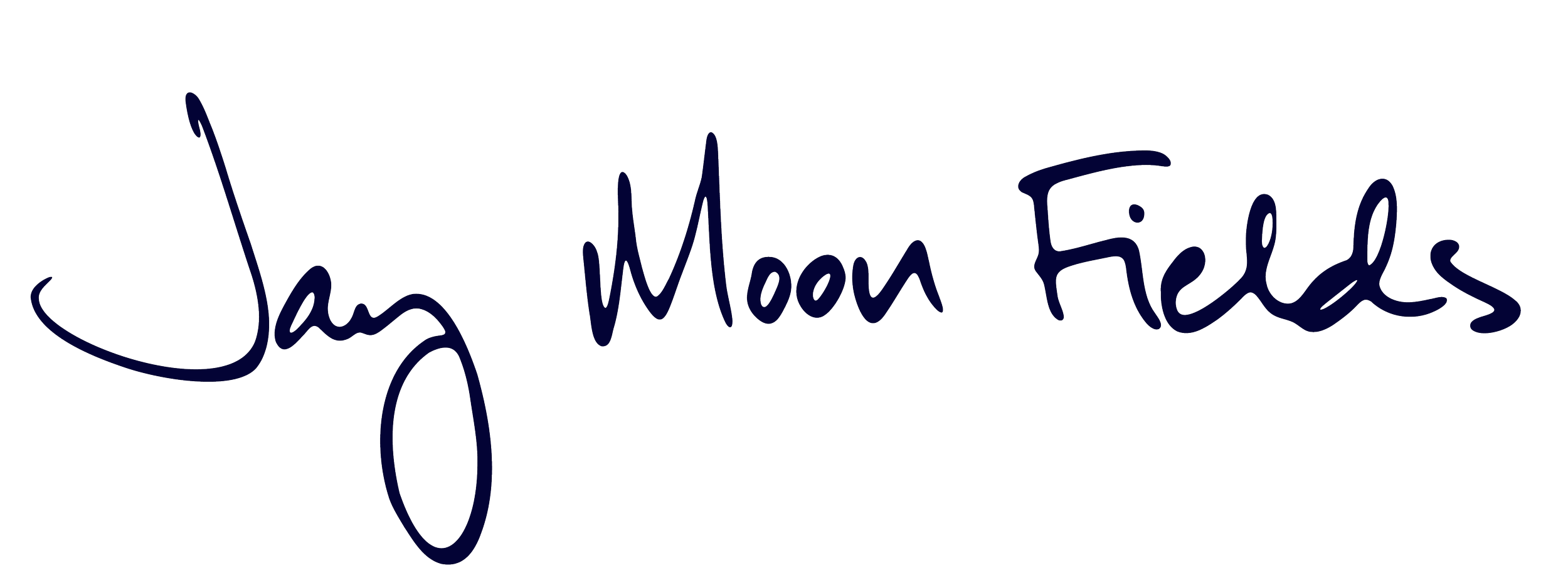A powerful mantra for change
Back in the day when I taught yoga, in an effort to tailor the class for the people who had shown up, I’d often ask when we sat down to begin what people wanted to do in class that day.
Crickets.
Were they shy? Did they not know the names of the poses well enough to say?
Then one day I asked, “What don’t you want to do today?”
A cacophony of answers came from all corners of the studio.
Turns out they weren’t shy and they did know the names of the poses—they just were better at saying what they didn’t want vs saying what they did want.
For those of us who tend to have a hard time making decisions, this can be a good place to start. What don’t I want to eat? What don’t I want to wear? And, through process of elimination, make the best choice with what’s left.
Given this is a go-to decision making trick for me sometimes, I was delighted when a client recently reported back about how she had handled a difficult situation with her husband.
When we first started working together, she talked about how she wanted help with how she shows up in her marriage. “I kind of have two settings—I either get small and go along to get along, or I’m like an animal who’s so tired of being caged that they lash out at everything.”
We’re about four months into our work together, and by now she’s got a whole quiver of tools for how to regulate her nervous system, an understanding of where her shrinking and lashing came from, and a lot of modeling for how standing up for herself with softness and kindness can look.
But in the heat of the argument or disagreement, even when she can regulate her nervous system so her body stays more calm, she still often finds herself not knowing what to actually say.
“So,” she said with a straight spine and a bit of a smile on her face, “the last time I found myself in this situation, I asked myself What’s not the way I would have done it?”
In an instant, she remembered what lashing out looked and sounded like, and what shrinking and complying looked and sounded like, and by eliminating those as options, she was able to embody and say something closer to what we’ve been practicing in our sessions.
“Hot damn!” I exclaimed, and did a celebratory dance in my chair. “I think you’ve found your new mantra.”
I love this for her, and I’ve been sharing it with other clients, too. Because I find that when my clients are first starting to find their relational voice, they try to channel me. They ask themselves what would Jay say, or they imagine I’m wired in to a bug in their ear feeding them their lines.
That’s great, but sometimes the people I work with get tripped up trying to emulate me or by getting it “right.” What's more important is that they can sense for themselves, from the inside out, what’s right because of how it feels and sounds to say, not because it’s what I shared as a possible example of what they could say.
So I’ll offer this mantra to you, too, so you can have it in your back pocket the next time you find yourself in a situation where you’d like to change your response.
Take the extra beat, and ask yourself what’s not the way I would have done it?
Even if the new answer still isn’t the best answer, at least it’s breaking the old patterns you no longer want to be stuck in. And in doing that, I trust you’ll find your way to new patterns that feel in alignment with who you are and how you really want to show up.
Here's to the new you!
Want to receive these articles as a weekly email from me? Or know someone who might? Sign up for my newsletter here!
